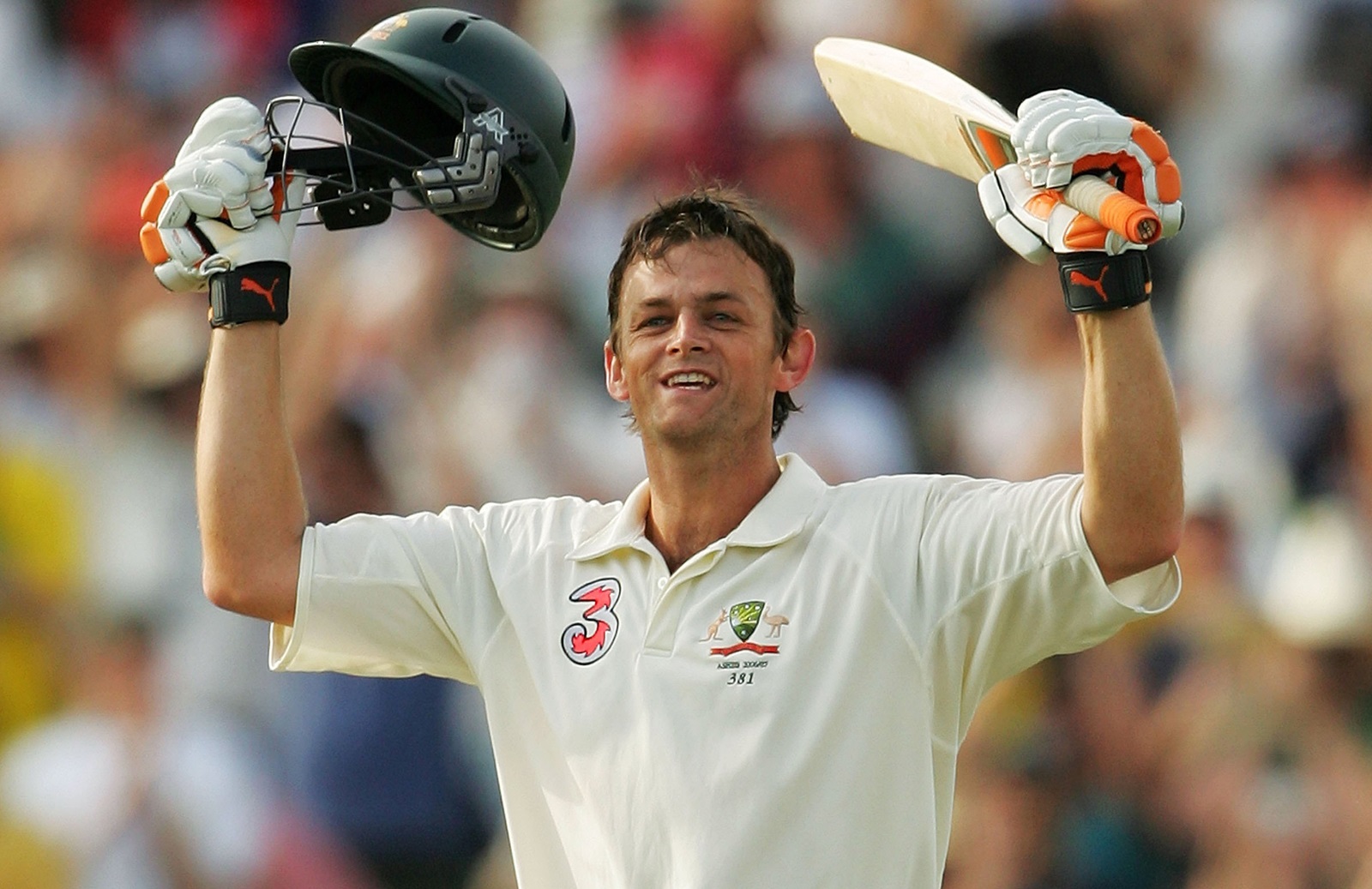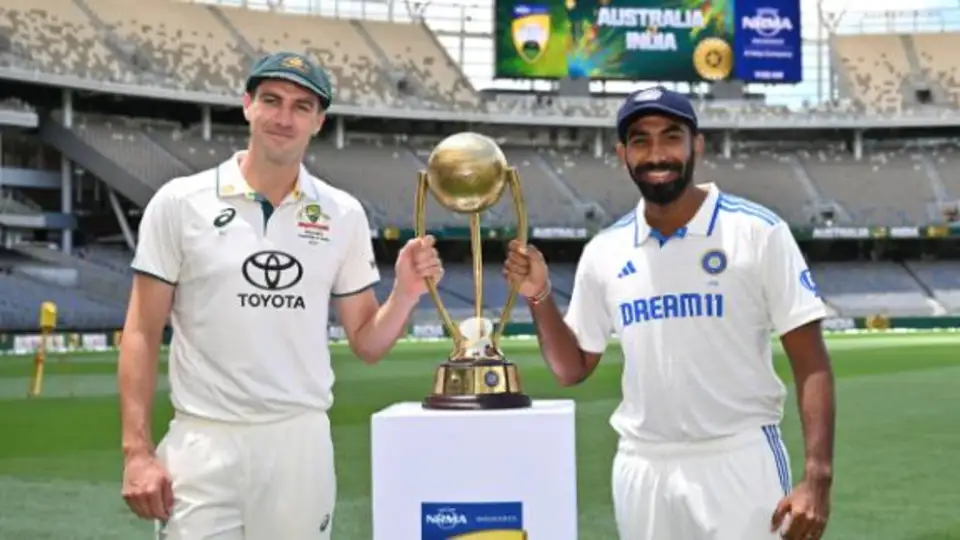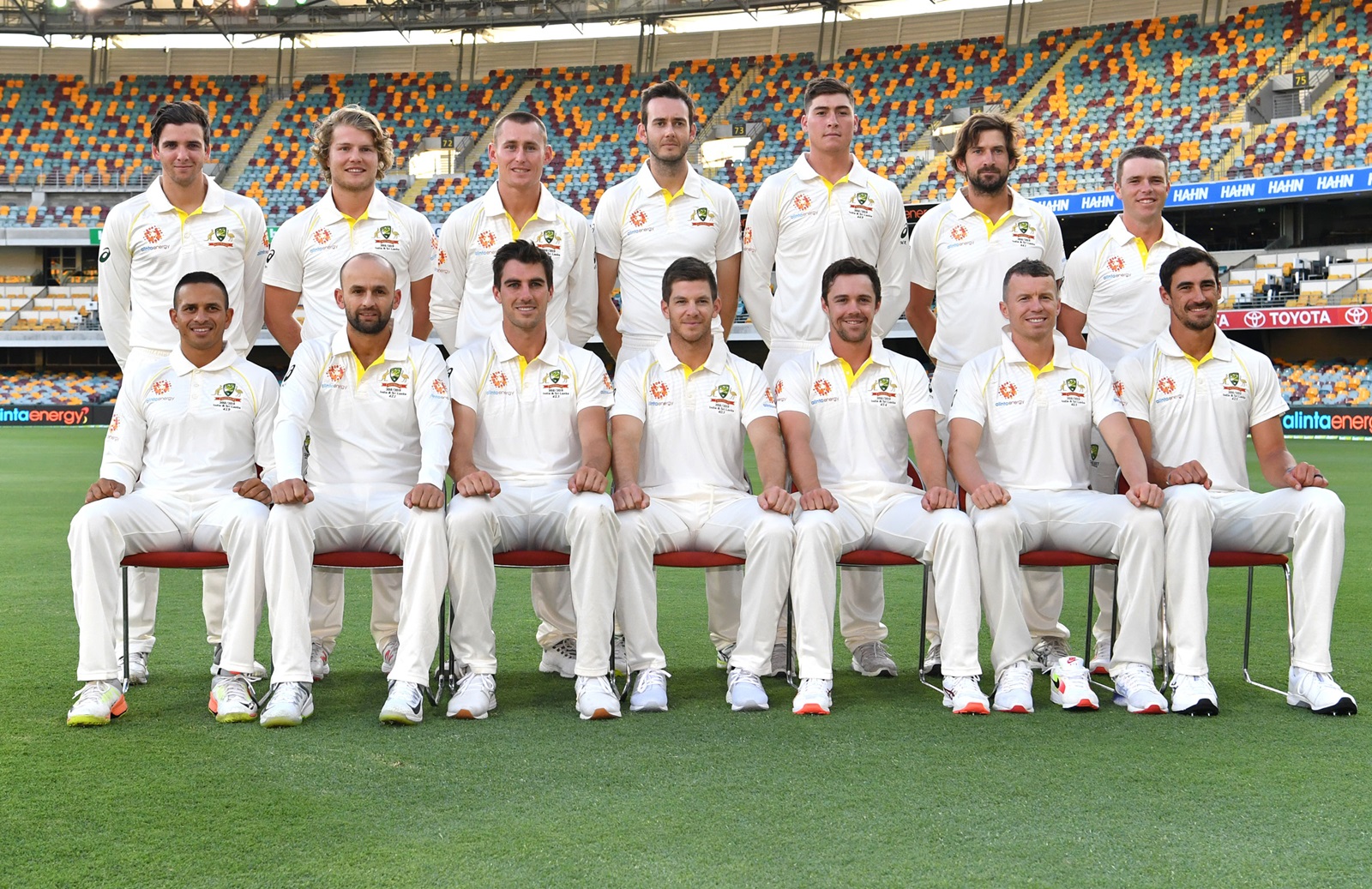Australia are 5 down and the opposition bowlers are looking to wrap up the tail quickly. The opening batters are mentally preparing to pad up and come out to bat. They have planned which bowler to guard against and which bowler to score against. Only thing is that it is not going to happen. The wait is going to be longer. Infact, the wait is going to be painful because the man walking in is none other than the one player who has completely transformed the role of a wicket keeper. Adam Gilchrist. Let me pay tribute in Adam Gilchrist the man who changed something.
Adam Gilchrist started to play in ODIs much before he made his test debut. He was so successful in ODIs that there was a clamour for him to be included in the test team. Ian Healy, who was keeping the seat warm for Gilchrist hung onto the role far longer than required. Once Healy announced his decision to retire, it was a no-brainer as to who will replace him. Thus Adam Gilchrist made his Test debut against Pakistan back in 1999. Suffice is to say that he not only announced himself but he made every wicket-keeper batsman around the world look like school child.
The impact that he created batting down the order was enormous. He came, he saw and he conquered.
The knock that announced him to the world
In his second test, Gilchrist played a match winning knock that is the dream of every great batsman worth their salt. Australia chasing 369 to win have lost 5 wickets for just for 120. It was only a matter of time before Pakistan will register an impressive win. Alongwith the current Australian coach, Justin Langer, he conjured a magical innings. 149 runs of sheer beauty and determination. There are so many batsmen around the world who will yearn for atleast one match-winnings performance in the 4th innings throughout their career.
Here, Gilchrist achieved that feat in only his second test. It was then the world stood up to notice an once in a generation talent. Now, the world will know that when they come up against the Australian team of which Gilchrist was part of, it was difficult to get the top 6. By that time, the bowlers will be tired and exhausted. In walks the destroyer who will not only gallop but will also make the opposition surrender.
Gilchrist is more like Virender Sehwag. An average ODI player but a devastating test cricketer. Before his test debut, he had shown glimpses of his batting ability in the short format. However, it was always felt that to succeed in ODIs is one thing but to succeed in tests with his brand of batting is altogether a different ball game.
A wicket keeper who can be as good as top 6 batsmen
Until Gilchrist roamed the face of the earth, every team were satisfied with a keeper who can bat a bit. All the teams were satisfied with a decent contribution with the bat from the keeper. None of the teams ever expected the wicket-keeper to change the game with the bat. They were expected to support the top order batsmen. Nothing more nothing less. It was only after Gilchrist did teams go searching for a batsman who is as good as the top 6 and who can also keep. If not for him, I career of Dhoni may have been delayed because Dhoni was not that safe a keeper during his initial years.
Gilchrist the batsman was way more devastating than his career figures, though impressive as it is, suggests. “Leave it to Gilly” is the phrase that the Aussies of that era often talks about. He delivered quite often too. Realising that Gilchrist will follow, the top order batsmen never had second thoughts about attacking the bowlers. They did so with relish. Matthew Hayden set the trend at the top of the order.
Gilchrist’s incredible win record
Gilchrist has the highest win record. 76%. Infact, for the first 17 tests, Gilchrist never tasted a test loss. Was it because of him or was it because of the players he was surrounded by, will never be known. During his career, Australia lost a couple of series. One against India in 2001 and the other against England in 2005. Was it merely a coincidence or was it superior opposition performance that Australia lost those series because Gilchrist did not perform? That will be hard to envisage but it gives an idea of how commanding he was. Yet, for all his brilliance, Gilchrist was never mentioned in the same bracket as Tendulkar, Dravid, Ponting & Lara. The bonafide greats of his era. Perhaps because the opposition when they come up against Australia are already defeated looking at their top order.
Gilchrist scored 17 hundreds. As far as I remember, I do not think any other wicket keeper has scored that many. There was a period during which his average was above 50. He was good enough to be amongst the top 6 Australian batsmen and yet, Australia never felt the need to remove the keeping gloves from him.
Gilchrist had an unconventional batting technique. In that he never favoured defence and was more intent on aggressive cricket. More often than not, he was able to pull it off. Some of those knocks were scarcely believable. Hundred in Mumbai, hundred against Pakistan in only second test and hundred in 2 hours against England.
Not a prolific ODI player
The destroyer of attacks never had a profitable ODI career. Perhaps because of the spread field, he wasn’t able to score freely. Not to mention 50 overs of keeping which would have exhausted him. Nonetheless, he did play some crucial innings during his career. With Hayden, he formed a terrifying opening partnership.
Conclusion
Much like Don Bradman or Marshall, it will be hard to find another Gilchrist. Not just for Australia but for any team. Someone who is good behind the stumps and someone who is devastating in front of them. There are a few who has the potential like Pant or Buttler but will they be able to reach the heights Gilchrist has achieved? That remains to be seen.
Tribute about another great, Shane Warne, can be read here and here.



